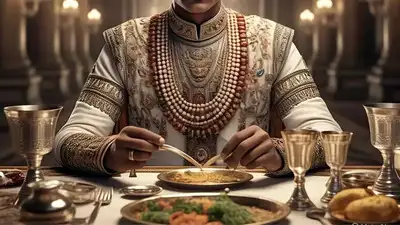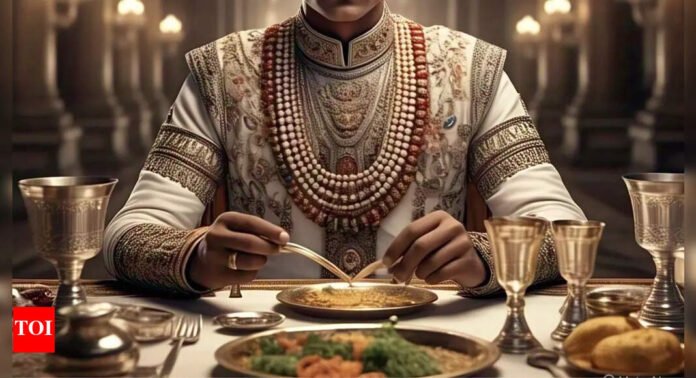Why Kings Preferred Silver and Gold Plates

In ancient and medieval times, kings and emperors used meals to make a statement. Every item at the royal table, including the plates, had special meaning. Silver and gold were the top choices for royal tableware. These metals were not just about showing off wealth. They were believed to have health benefits, protect against poisoning, and show divine favor.
Across different cultures, eating from silver and gold showed power, prestige, and protection. Meals were important events, often attended by nobles and rivals. The shiny plates helped show the monarch’s dominance and made the empire look grand.
Reasons for Using Gold and Silver Utensils
Health and Hygiene Benefits
Long before modern science, ancient royals believed in the health benefits of silver. They thought it could prevent food spoilage and contamination. Silver was also believed to purify water and ward off diseases. Gold, while less reactive, was considered sacred in health systems like Ayurveda. It was thought to balance energy and improve vitality.
In Indian traditions, eating from gold was seen as auspicious. It was believed to provide benefits for the body and mind.
Symbol of Wealth and Power
Gold and silver have always been symbols of wealth and power. Using them at the dinner table showed the host’s high status. For kings, eating from precious metals helped assert dominance over their court and rival kingdoms.
Many royal families used elaborately crafted golden or silver utensils. These items were often decorated with jewels or engraved with emblems. Every meal was a declaration of divine favor and political strength. Ceramic, in contrast, was too common for royal stature.
Historical and Cultural Norms
For centuries, elite households followed a strict hierarchy of materials for dining. Silver and gold were used only by royalty and nobility. Middle classes used pewter or copper, while the poor relied on clay or wooden dishes. In medieval Europe, this division was so strong that aristocratic guests would bring their own silver cutlery to banquets.
In medieval times, gold-plated plates were often part of a prince’s dowry or coronation gift. Using these metals became a tradition. It reinforced social structures and royal lineage.
Protection Against Poisoning
In a time when palace intrigue was common, silverware became a line of defense. It was widely believed that silver could detect poison by tarnishing or changing color. Although this is more myth than science, the belief was strong enough for kings to rely on it.
Royal food tasters were often backed by silver serving plates and utensils. This practice offered both practical and psychological security. From the French court of Louis XIV to the Ottoman Sultans, this was a common practice.
Durability and Heirloom Value
Gold and silver didn’t just look royal; they lasted. Unlike ceramic, which could chip or break easily, these metals were long-lasting. They could be reshaped, cleaned, and passed down for generations. Emperors often had dining sets engraved with royal seals or personalized patterns, turning them into family heirlooms.
The Chinese Ming Dynasty saw the rise of intricately engraved silver plates. Some medieval dynasties included golden utensils as part of their treasure inventories. These weren’t just tools for eating; they were works of art and symbols of legacy.
Psychological and Sensory Appeal
Modern studies in food psychology suggest that the weight, texture, and material of dining ware can influence how we perceive taste and quality. A heavier, more luxurious plate can make food feel more indulgent and valuable. Royals may not have known the science, but they instinctively associated gold and silver with grandeur.
A golden plate created an aura of importance. It encouraged guests to treat the meal and the moment with reverence.
Artistic and Religious Significance
In many traditions, precious metals were connected with religious rituals and symbolism. Ancient Egyptians believed gold to be the flesh of the gods. In Hinduism, gold is considered pure and divine, often used in offerings to deities. In Europe, chalices used during Christian sacraments were often made of silver or gold.
For kings, using such materials was a way to align themselves with the divine. It reinforced their role as chosen or semi-divine rulers. Eating from these metals wasn’t just luxury; it was liturgy.



